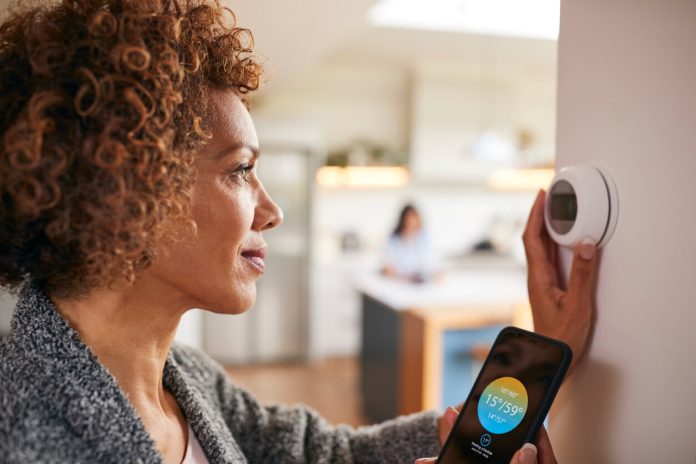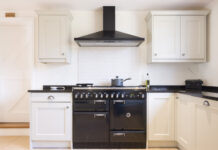The British are major consumers of innovative technology, and smart homes are in growing demand. From the convenience of a lighting system that adapts to your mood to the peace of mind that comes with remote monitoring of your home, smart homes are more than just a luxury in this age of technology. The UK is set to become the third largest smart home market in the world after the United States and China. According to reports from top smart home technology consultant and installer, Robert Taussig, there will be 15.1 million smart homes in the UK by 2027. That’s more than half the number of households.
The Growth Trajectory of Smart Homes in the UK
Smart homes have been around for a long time, but the first signs of the booming market came in 2017 when data firm Statista revealed that there were about 1.3 million smart homes. By 2022, this increased to 4.4 million, indicating an annual growth rate of 20% – 30%. The momentum is set to continue throughout 2023, with the UK sector to generate about £814 million in annual revenue.
Come 2024, the smart home count is expected to reach 7.2 million. By 2027, projections indicate an impressive 50.2% market penetration, with 15.1 million UK homes becoming smart homes. “Still the statistics don’t tell the real story,” says Robert Taussig. The adoption of smart homes is likely to grow at a more rapid pace in the coming years.
Why the Growing Demand of Smart Homes
The idea of smart homes may seem far fetched and cost-intensive, but the reality has proved the opposite. Currently, one in five UK households is a smart home. These statistics do not refer to fully automated homes alone but encompass households with at least one product for smart home entertainment.
So, while installation may be cost-intensive for fitting a fully automated home, there are several solutions you can get on a budget. You can set up smart appliances for a single room, or you may simply be looking to install a smart TV, smart light bulbs or a smart thermostat. There are also cost-saving benefits in the long run. For instance, smart devices like smart light bulbs can switch on and off automatically to save energy. Over time, you can save the cost of energy consumption.
Convenience is also a major advantage of a smart home. Robert Taussig affirms that “as smart home adoption continues to grow, the systems we install are becoming smarter.” Smart home appliances come with self-learning skills. They can learn the homeowner’s schedules and make adjustments as needed.
Smart appliances will help you to relate with your environment much easier, making complicated activities simpler, such as shutting the windows, adjusting the cooling and heating temperature, and ensuring doors are locked. Several other benefits exist, like security and accessibility for the diversely abled and promoting comfortable living.
Challenges to the Growth of Smart Homes in the UK
With such substantial benefits, it’s normal that there be several challenges. Smart homes are faced with barriers, such as the high initial cost of full integration. The complexity of the systems, privacy breaches, and reliance on continuous electricity and internet connectivity are some of the major challenges of sustaining a smart home.
Consumer perception is another barrier, as some people may prefer traditional methods of managing their homes. Many still have reservations about relying too heavily on technology, as it often evolves rapidly and can become outdated quickly. Fortunately, with continuous advancements in the field, these challenges are being addressed steadily and may lessen in impact as technology becomes more user-friendly and affordable.
Smart Devices Driving the Trend
There are plenty of automation devices that help create a home that is smart-ready. Among the most popular and useful are smart thermostats. These devices learn homeowners’ routines and adjust the heating or cooling accordingly, ensuring optimal comfort while saving on energy costs.
Another highly sought-after device is smart speakers. These offer voice-activated control over various home systems, stream music, provide news updates, and even assist with tasks like setting timers or answering questions.
Security has also been a significant driver, with smart doorbells and cameras. Alongside these, smart locks allow for keyless entry and remote access, ensuring homes remain secure and allowing homeowners to grant or deny access even when they’re not physically present.
With their convenience, efficiency, and safety features resonating with homeowners, these and more smart devices have been instrumental in driving the trend of smart homes in the UK.




































